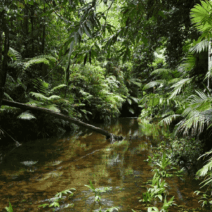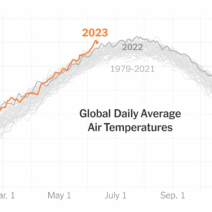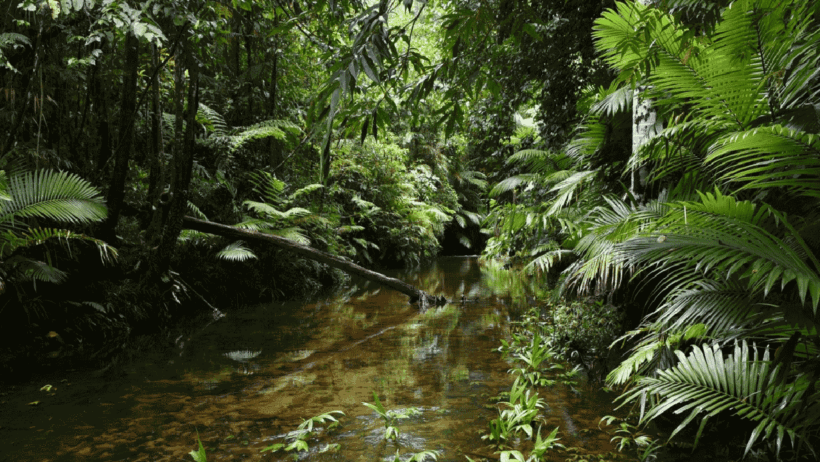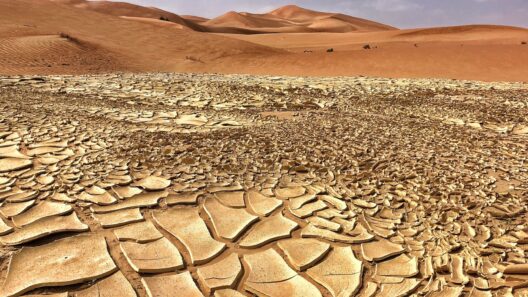Imagine stepping into a world where the air is thick with humidity and the vibrant hues of greenery dance in your periphery. The rainforest, with its myriad layers of life, presents an intricate tapestry woven by nature itself. Despite the ubiquitous image of a constant downpour and unyielding dampness, the climate within this biotic sanctuary is anything but monotonous. What’s the climate like in a rainforest? Always wet, rarely boring—let’s delve into the fascinating elements that shape this diverse ecosystem.
First and foremost, when we think of rainforest climates, the term that tops the list is “tropical.” Tropical rainforests are predominantly found near the equator, where the sun radiates uninterrupted throughout the year. This consistent solar intensity ensures that temperatures remain relatively high, oscillating between 20 to 30 degrees Celsius (68 to 86 degrees Fahrenheit). However, the real allure lies in the precipitation—these ecosystems receive a staggering annual rainfall of 1750 to over 2000 millimeters (69 to 79 inches). The rains rejuvenate the landscape, fostering growth and encouraging diversity, but how does this omnipresent moisture influence the ecological dynamics?
In fact, the high humidity levels, which often hover around 77% to 88%, create a unique microclimate. This humidity fosters a complex web of life, as myriad species—plants, insects, birds, and mammals—have adapted to thrive in these somewhat challenging conditions. For instance, epiphytes like orchids and bromeliads flourish on the branches of towering trees. They draw nutrients from the moist air and rain, living entirely on their hosts without harming them. Similarly, the rich, loamy soil, though often depleted of nutrients due to the rapid decomposition of organic matter, supports an extraordinary diversity of flora. Yet, how do these interspecies interactions and adaptations stand against the specter of climate change?
Climate change introduces an unprecedented variable into the equation. The increasing global temperatures and shifting precipitation patterns pose a significant threat to these delicate balancers of biodiversity. Many scientists argue about the tipping points. Will these changes lead to even heavier rainfalls, flooding some areas while leaving others parched? Such unpredictability is alarming for the countless species that rely on stable conditions. The resilience of the rainforest ecosystem is being tested as never before. It’s a stark reminder that the fight for preservation must be urgent and unwavering.
Moreover, the role of the rainforest in regulating the global climate cannot be overstated. Through photosynthesis, lush canopies absorb vast quantities of carbon dioxide, acting as a buffer against climate change. They release oxygen, vital for sustaining life. Yet, as climate patterns evolve, so too does the capability of these forests to perform these essential functions. When faced with deforestation or degradation, the ramifications extend beyond the local flora and fauna; they reverberate around the globe, emphasizing the interconnectedness of our climate.
But one must also consider the interplay of seasonal variations in rainforest climates. While the notion of constant moisture prevails, many tropical rainforests experience discernible wet and dry seasons. The dry season is not devoid of precipitation but possesses intervals that allow for a temporary respite from the perpetual rains. During this time, the flora adapts by shedding leaves to conserve moisture, while some fauna take the opportunity to breed or forage in a less saturated ecosystem. Hence, while the climate may be often characterized as ‘always wet,’ it possesses nuances that render it far from tedious.
As one moves to temperate rainforests, the distinction becomes more pronounced. These forests, situated in coastal regions and influenced by oceanic climates, display a remarkable diversity of ecosystems as well. With milder temperatures and seasonal variations, temperate rainforests, like those found in the Pacific Northwest, often possess both summer and winter precipitation distinctly. Here, the myth that all rainforests are homogenous is debunked; these temperate zones exhibit unique species adapted to cooler temperatures, showcasing the rich complexity of earth’s ecosystems.
It is essential to underline that despite their varied climates, all rainforest types play a pivotal role in sustaining wildlife, regulating weather patterns, and maintaining ecological balance. Hence, the ability to perceive the climate of a rainforest as a dynamic, ever-evolving system is crucial. But can we, as stewards of the Earth, afford to languidly observe as these environmental treasures teeter on the brink of peril?
In conclusion, the climate of the rainforest is indeed “always wet, rarely boring.” Yet, it emerges as an intricate symphony of temperature, humidity, precipitation, and seasonal variation that supports an intricate web of life. As we face the looming challenges of climate change and human encroachment, our understanding of these ecosystems—and our commitment to protecting them—becomes a matter of urgency. It is essential to advocate for sustainable practices and conservation efforts to ensure that future generations can revel in the resplendent vibrancy of rainforests, in all their climatic complexity.







